3. THE LAND
Possibility A: The Landkeeper
The land wasn’t always set to look quite like it does today… Originally, the pavilion’s design was under the purview of Disney Legend and fan-favorite Imagineer Tony Baxter, who designed an iconic pavilion dedicated to earth’s environments. In our Possibility World, we can imagine that his vision became real.
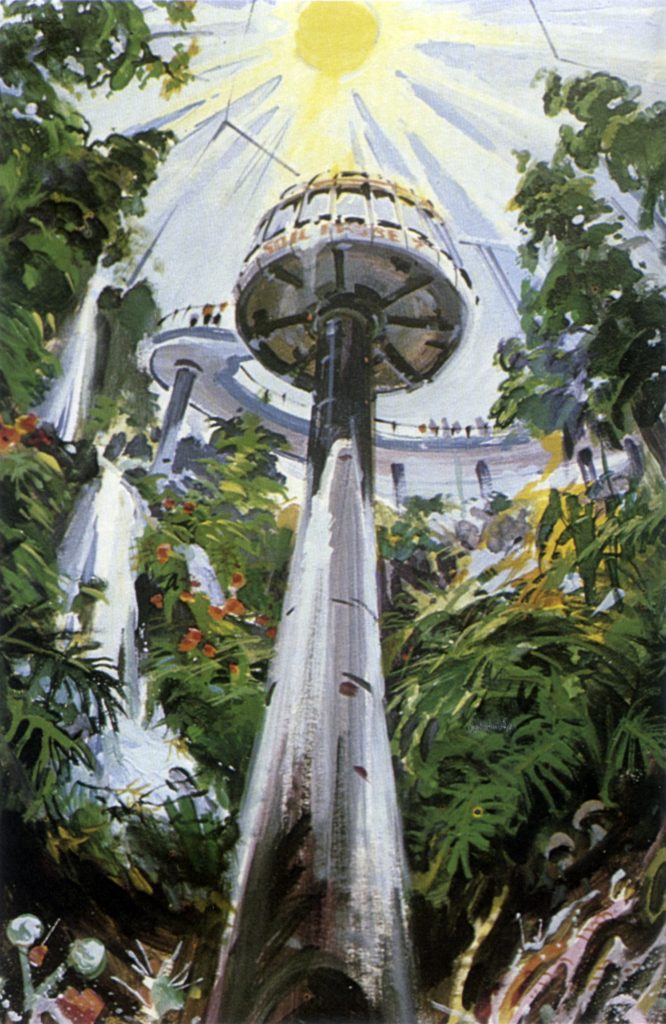
Within towering glass crystals, Baxter would bring real habitats to life including jungles, deserts, forests, and urban settings. Guests could even “hike” through these greenhouse towers to explore the biomes they represented.
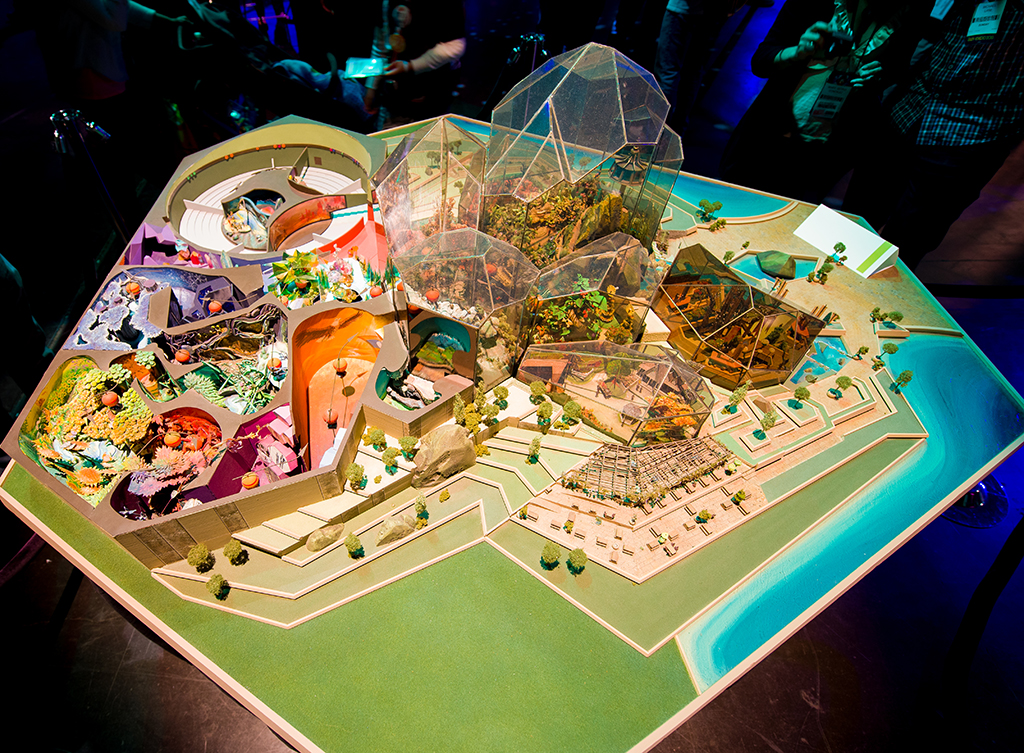
Meanwhile, the pavilion hosts a spectacular, suspended dark ride with the enigmatic character, the Landkeeper, where guests ride in the basket of a hot air balloon, following water from the mountaintops down through the water cycle and the seasons before bursting out of the dark ride itself and into those glass biomes to float over guests below.
The real story
The real story is that the logging company originally planned to sponsor the pavilion dropped out and Kraft Foods took their place. Kraft requested that the pavilion be redesigned to center around the brand and message of their company, downplaying habitats and environments and instead focusing on agriculture and nutrition. So The Land opened with Listen to the Land and the Lost Legend: Kitchen Kabaret.
Possibility B: Gemini
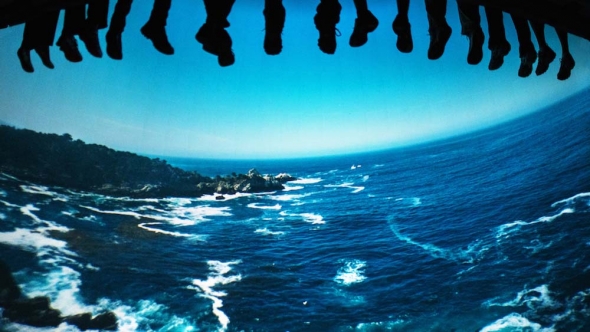
Of course, while that tour through habitats was one possibility, another is closer to the real story…In another version of Possibility World, Project: GEMINI got to work, plussing the Kraft-created pavilion we know today with three radical new attractions:
- A “Soarin'” simulator… but probably neither of the ones Epcot got. After all, for most of its life, Epcot’s Lost Legend: Soarin’ was really playing the ride film for Disney California Adventure’s Soarin’ Over California. Even if the newer Soarin’ Around the World variation feels like a better fit, it’s still a sightseeing tour of mostly-man-made features, and not a celebration of “The Land” like we expect the fully-funded Project: GEMINI version would’ve been.
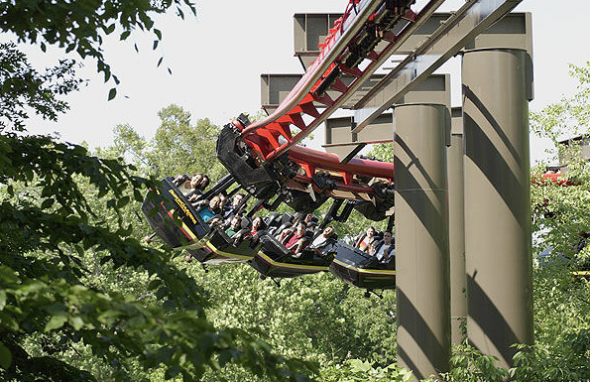
- A high-speed, thrilling, suspended roller coaster through the forests planted outside of the pavilion. This canopy-flying coaster would’ve become one of the starring thrill rides for Epcot, paired with Soarin’ to set the new standard for a “discovery” park of innovative thrills.
- A family hedge-maze walkthrough comfortably shared by The Land and the neighboring Imagination pavilion as a playful exercise in creativity and cultivation.
4. TEST TRACK
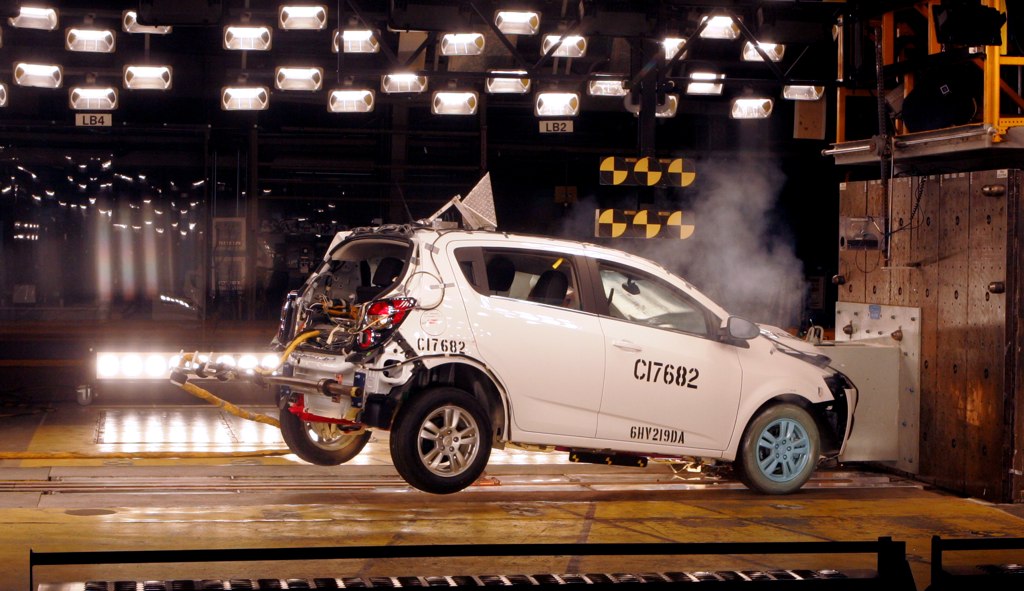
Welcome to Test Track! But probably not either of the ones you’re thinking about…
Believe it or not, General Motors was the first corporation to sign on to sponsor a pavilion dedicated to transportation, years before EPCOT Center was announced. And back then, in the late 1970s, Disney’s designers were invited out to GM’s testing facility – the Milford Proving Grounds – to see the extensive paces that prototype vehicles were put through before being deemed road-ready.

Disney’s designers were so excited about the possibility of placing guests into the test-dummy’s seat, they initially designed a dark ride through the prototyping process in hopes of hosting it in the park! In this alternate-reality Epcot, we can imagine that this early version of TEST TRACK – maybe a mix of the version we know with Mr. Toad’s Wild Ride – actually made it to today!
The real story
GM’s representatives were said to be dissatisfied with the idea of a dark ride through the car-testing process, asking Imagineers to go back to the drawing board and come up with something “more Disney.” Imagineers recruited recently-retired animator Marc Davis – the brilliant mind behind the comical stylings of the Jungle Cruise, the Haunted Mansion, and Pirates of the Caribbean to name just a few – to inject some lighthearted humor into the history of transportation.
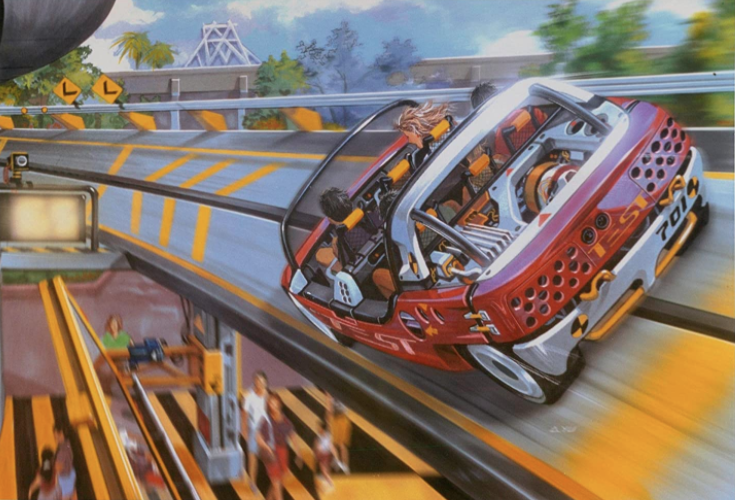
Naturally, the result came in the form of another storied and destroyed dark ride through time – a beloved, lost ride we chronicled in-depth in our History in Motion Part I: World of Motion feature. Ironically, Project: GEMINI and its push for thrills and innovation actually brought the “proving grounds” concept back to the forefront… The original version of the 21st century thrill ride – explored in History in Motion Part II: TEST TRACK – was a pretty faithful, new age, high speed version of the concept Imagineers had considered way back in the ’70s!
5. JOURNEYS TO SPACE
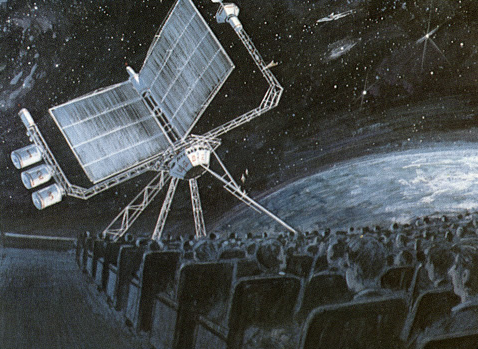
Space. The concept of outer space is so deeply engrained in our understanding of science and our cultural identity, it shouldn’t be surprising that – even back in the 1970s – designers planned out an attraction centered around mankind’s quest for the stars. So our Possibility World version of Epcot definitely features a journey to space… but even here, multiple versions could exist.
Possibility A: Space Station
Back in the ’70s – in the initial planning for EPCOT Center – a potential space-themed pavilion was imagined, originally envisioned for the space Imagination fills today. The attraction would contain pre-shows detailing man’s infatuation with the stars from the early days of humanity to the space stations of tomorrow. After boarding a simulated elevator ride to a space station, the standing audience looking out across the universe via screens.
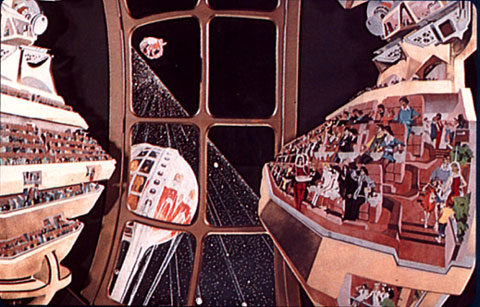
There’s a simple reason that Space didn’t make it into EPCOT Center’s opening day line-up: the collapse of the aerospace industry in the late ’70s, signalling the end of the Space Age… and the reluctance of any corporation to back such an attraction.
Possibility B: Soarin’ through Space
When Michael Eisner arrived at Disney, one of his primary goals was to turn around the sagging attendance at EPCOT Center. Ultimately, Disney’s next opportunity for a space pavilion came about when longtime sponsors General Electric announced their intentions to suspend support for the Lost Legend: Horizons. In this Possibility World, Horizons did indeed close, but only to be recognifured.
The dark ride portion of the attraction would’ve been repurposed as a mere pre-show, ferrying guests through the what we imagined of space, what we saw once we had the tools to examine it, and what we learned when we finally reached it.
Disembarking from the suspended Omnimover, guests would finally reach that elevator to ascend to three levels of seats, which would then slide forward and into a domed Omnimax screen for a thrilling flight through the stars (a precursor to Soarin’).

Possibility C: Space Walk
An ever wilder concept alive here in Possibility World is the introduction of the KUKA Robo Arm technology (once present in Innoventions, and now the starring system behind Harry Potter and the Forbidden Journey), where guests would be seated on their own vehicle and armed with a joystick, given the freedom of a space walk. Floating along the edge of a space station, guests could’ve pivoted, rotated, or angled their seat however they like, choosing to explore the vast emptiness of space or to look into laboratories through windows into the ship.
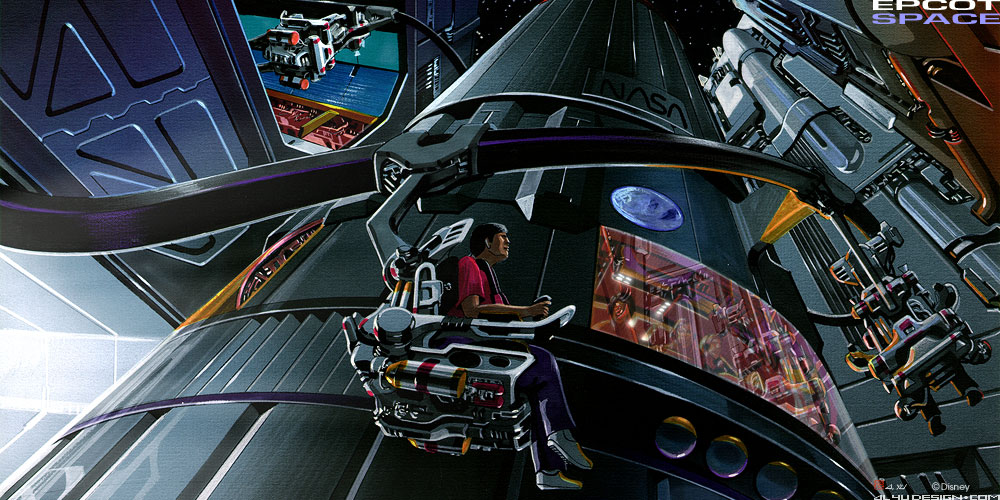
Do these concepts for exploring space make Possibility World’s version of Epcot more appealing than the one we really know?
The real story
Once computer manufacturer Compaq (later purchased by HP) signed on to sponsor a space pavilion on the hallowed grounds of Horizons, they opted for Mission: SPACE. Love it or hate it, Mission: SPACE was once envisioned as the headlining attraction in Epcot’s newly-reborn Future World – and why not?
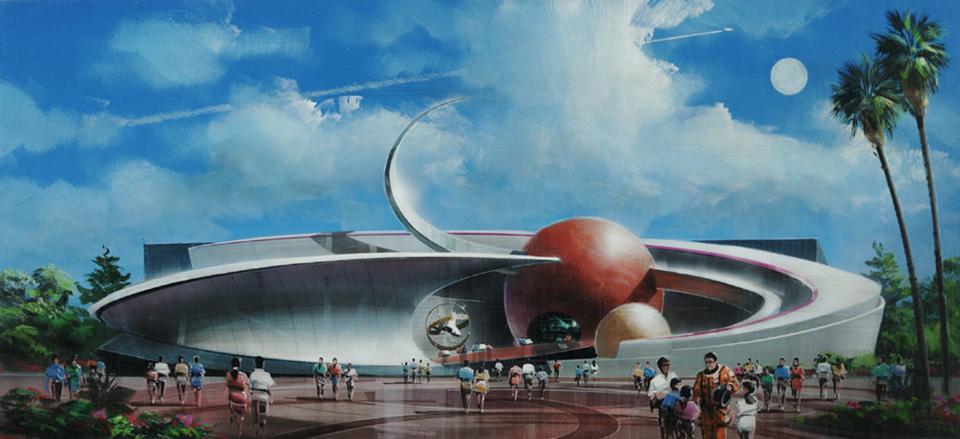
It’s a perfect representation (along with Soarin’, Time Racers, and Test Track) of the park’s new direction, hosting innovative thrill rides based on human discovery and exploration (or, if you’re more critical, maybe “fun but dumb”). In fact, executives at Disney believed that Mission: SPACE would be the next attraction to be duplicated at every Disney Resort on Earth! Of course, the very expensive and very controversial ride hasn’t exactly become a favorite of fans or families, which means Epcot will probably be the only park to ever host Mission: SPACE.
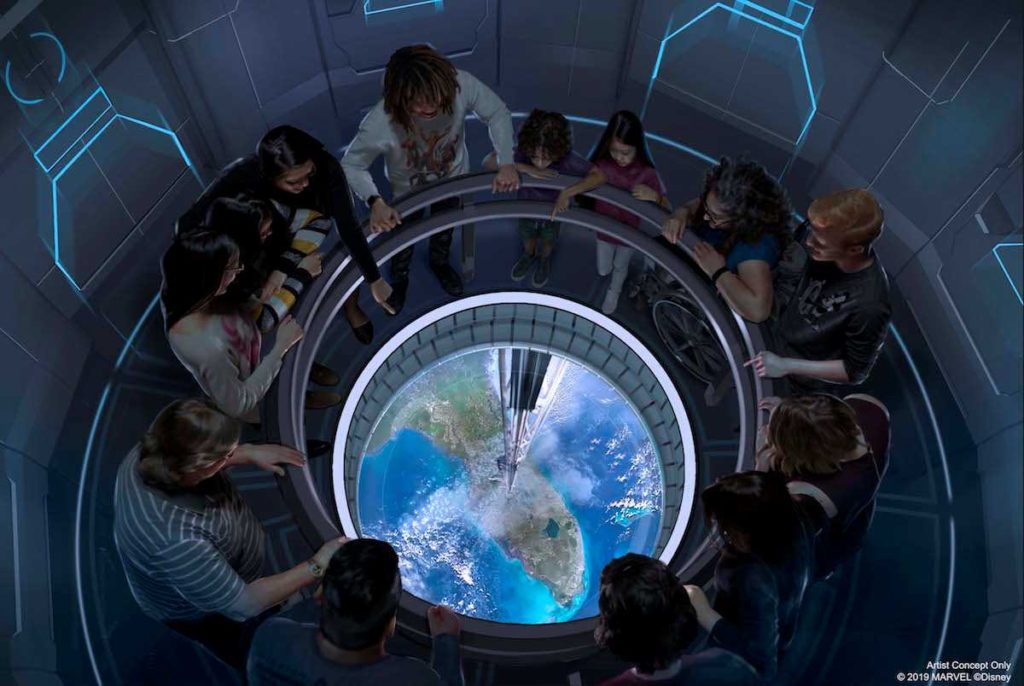
But ironically, the idea of a simulated elevator ride to space and seeing the wonders of the solar system in a curved, dome screen live on via the 2020 opening of SPACE 220 – a full-service restaurant added to the Mission: SPACE pavilion. Whaddayaknow!




